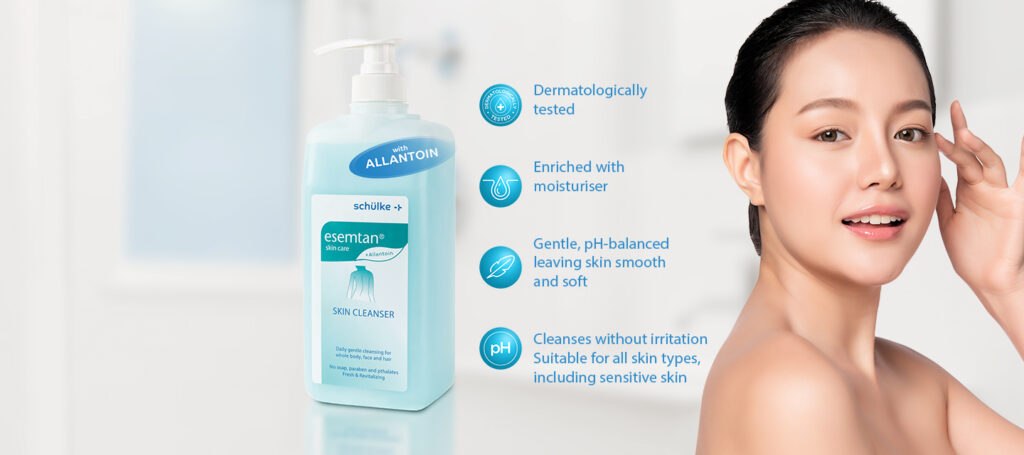For many Singaporeans living with diabetes, wound care presents unique challenges. Understanding these challenges and navigating the various treatments, including the use of wound gels and antiseptic creams for wounds, can be the difference between speedy recovery and severe complications. This article aims to provide a comprehensive overview of wound care for diabetic patients, emphasizing its significance and offering practical guidance.
Understanding the Diabetic Wound
High blood sugar levels, a hallmark of diabetes, have far-reaching effects on the body, especially on skin and tissue. This altered physiology can delay wound healing and increase the risk of infections. Poor circulation, another consequence of diabetes, further hampers the body’s natural healing processes. As a result, diabetic patients are more susceptible to specific types of wounds such as foot ulcers, skin abrasions, cuts, and even complications post-surgery.
Basics of Wound Care for Diabetic Patients
Early Detection
For Singaporeans with diabetes, vigilance is crucial. Regularly inspecting vulnerable areas, especially the feet, is paramount. Recognizing early signs like redness, unusual warmth, swelling, or discharge can prevent minor issues from becoming major problems.
Cleaning and Dressing Wounds
Once a wound is detected, its proper care begins with thorough cleaning. An antiseptic cleanser for wounds is recommended to eliminate potential harmful microorganisms. These cleansers are readily available at local pharmacies in Singapore.
Read more about the benefits of using a wound cleanser.
After cleaning, the wound should be dressed to keep it moist and protected from further injury and contamination. A wound gel can create a conducive environment for healing, ensuring that the wound remains moist but not too wet. This balance aids in faster cell growth and tissue repair. Over the gel, an appropriate wound dressing should be applied and changed regularly.

Advanced Treatments and Interventions
Debridement
Sometimes, wounds may have dead tissue that needs removal for better healing. This process, known as debridement, can be surgical, enzymatic, or even mechanical. By removing this dead tissue, we can reduce the risk of infections and speed up the healing process.
Hyperbaric Oxygen Therapy
Some Singapore-based medical facilities offer hyperbaric oxygen therapy for chronic or severe wounds. By increasing the oxygen levels in the wound, this therapy can promote faster healing and reduce infections.
Off-loading
Pressure relief, especially for foot ulcers, is essential. By redistributing pressure using therapeutic footwear or foot braces, we can prevent the wound from worsening and give it a chance to heal.
Topical Treatments
There’s a range of topical treatments available in Singapore. An antiseptic cream for wounds, for instance, can offer additional protection against infections while also soothing the wound area.
Prevention Strategies
Keeping blood sugar levels within the recommended range is the cornerstone of preventing wound-related complications for diabetics. Regular foot care, including wearing appropriate footwear and having routine check-ups with a podiatrist, can help spot potential issues before they escalate.
Diet plays a pivotal role in wound healing. Singaporeans should prioritize foods rich in vitamins C and E, zinc, and proteins. These nutrients accelerate cell regeneration. Moreover, staying hydrated is crucial as it prevents the skin from drying out and becoming susceptible to injuries.

Recognizing and Addressing Complications
Not all wounds will heal smoothly. Some might show signs of infection, such as increased redness, warmth, swelling, and pus. If you notice these signs or feel systemic symptoms like fever, chills, or fatigue, seek medical attention promptly. Untreated wounds can lead to severe complications, including gangrene, which might require amputation.
Conclusion
Wound care, especially for Singaporeans living with diabetes, requires an amalgamation of vigilance, proper care techniques, and knowledge about available treatments like wound gels and antiseptic sprays. By adopting a holistic approach that combines regular medical check-ups, stringent blood sugar control, and everyday wound care practices, diabetic patients can ensure optimal wound healing and prevent severe complications.
For more resources and personalized advice on wound care, consider consulting a healthcare professional in Singapore. Remember, early intervention is the key to better outcomes.




